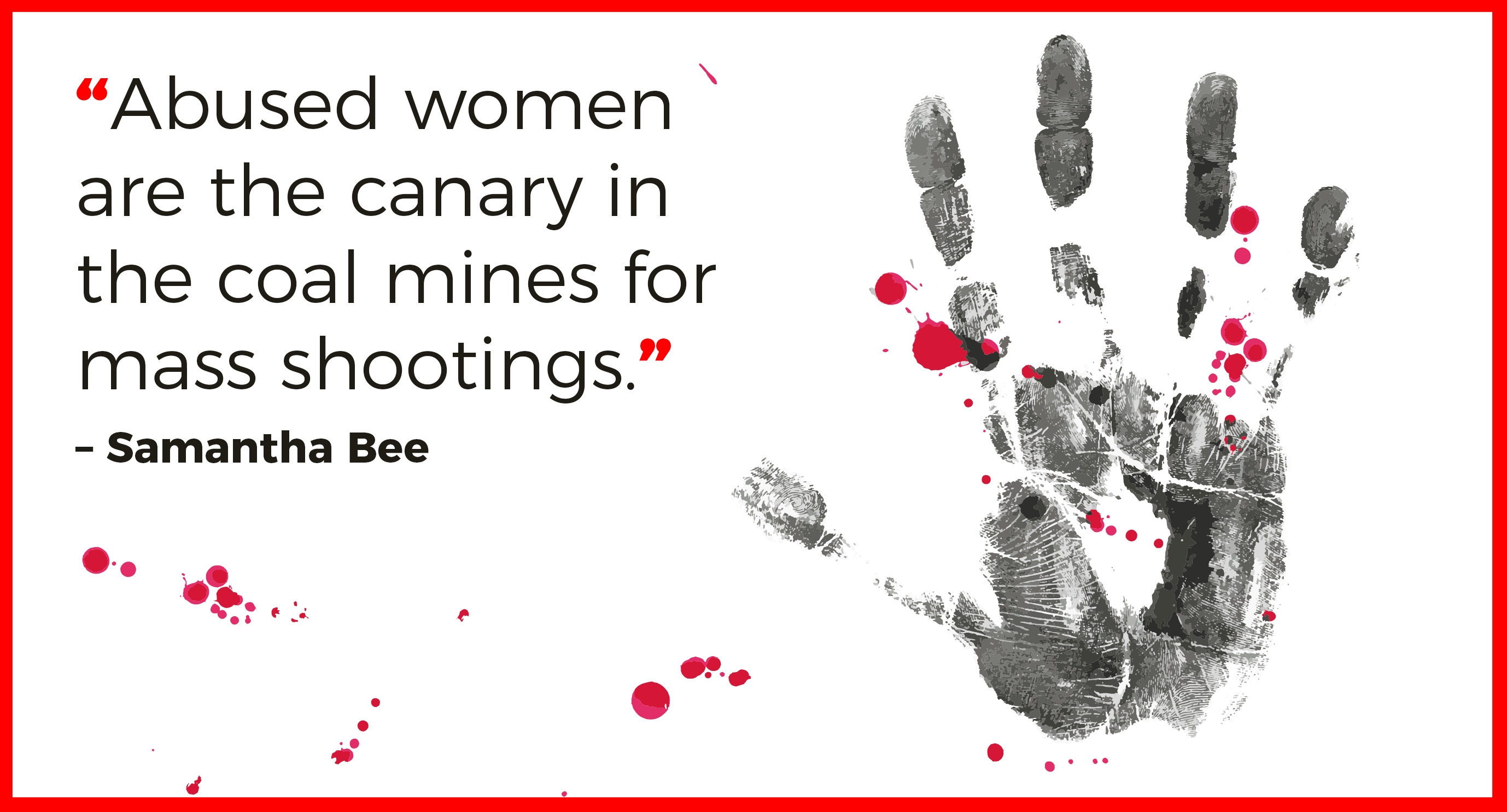SAFE statement: Domestic violence tied to Sutherland Springs shooting
Written by The SAFE Alliance
On Sunday morning, a 26-year-old, confirmed domestic abuser with a legally-obtained firearm committed an atrocity when he opened fire at the First Baptist Church in Sutherland Springs, killing at least 26 people and injuring 20 more. Among the dead are babies, children, and pregnant women.
The white gunman was a former U.S. Air Force airman who had a string of legal troubles beginning as far back as 2012. That year, according to reports, he received a “bad conduct” discharge from the military after charges of assault against his spouse and child led him to be court-martialed.
“Abused women are the canary in the coal mines for mass shootings.” – Samantha Bee
Although he was legally convicted of assaulting his wife and “intentionally inflicting grievous bodily harm” on his baby stepson, a data-entry failure resulted in neither the arrest nor the conviction being listed in the National Instant Criminal Background Check System, the database that would have flagged him as ineligible to purchase a firearm.
Therefore, he was legally able to purchase the assault weapon from an Academy Sports & Outdoors store in San Antonio.
“If it sounds familiar that a gunman in a mass shooting would have a history of domestic violence, it should,” a 2016 New York Times article stated.
Domestic violence, often more appropriately labeled intimate terrorism, stems from a desire to control. The NYT’s article asserts that “There are striking parallels between the intimate terrorism of domestic violence and the mass terrorism perpetrated by lone-wolf attackers… both, at their most basic level, are attempts to provoke fear and assert control.”
We know that various forms of violence overlap and intersect rather than occur independently, and that domestic violence is often a warning sign for mass shootings. According to the nonprofit organization Everytown for Gun Safety, of the 156 mass shootings that occurred in the United States between 2009 and 2016, 54 percent were related to domestic or family violence.
Tragedies like these can be prevented if the legal system has more serious repercussions for perpetrators of domestic violence. And we must provide better support for the victims of these heinous crimes.
In addition, we need a more comprehensive approach toward changing societal norms that so often turn a blind eye, condone, and breed violence and abuse as acceptable means of coercive control over another person.
This gunman was a confirmed domestic abuser, but the legal system did not stop him from purchasing a gun. Today 26 men, women, and children are dead.
Updated at 4:28 p.m. Nov. 6 to reflect new developments.